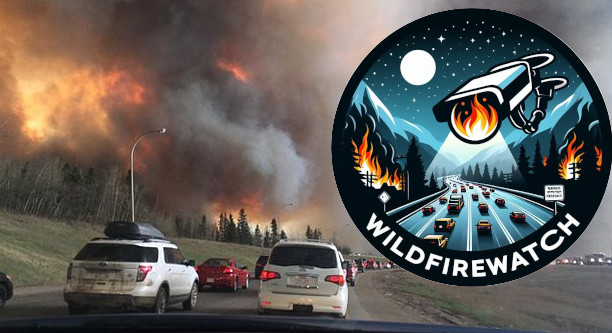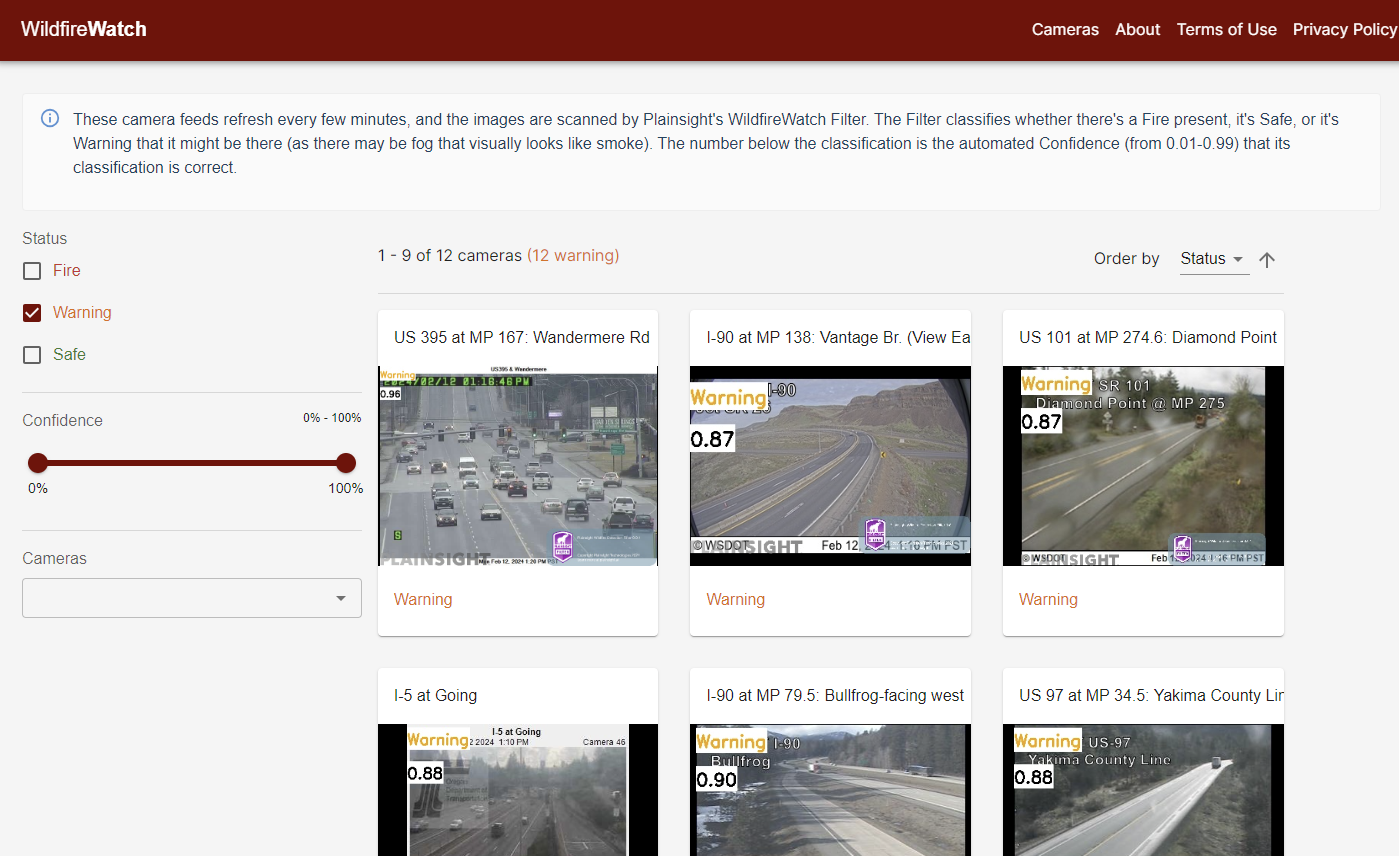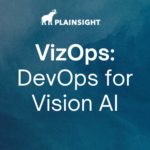There is no such thing as an unplanned small wildfire that firefighters shouldn’t respond to and extinguish, so their ability to react quickly and prevent something much more dangerous is always critical. That’s why I am proud to be a part of WildfireWatch, a free resource that uses AI to analyze public camera feeds and detect wildfires.
Community Engagement in Plain Sight
WildfireWatch is a partnership between Plainsight Technologies and the Washington State Department of Natural Resources (WSDNR). It deploys AI- as- a- Vision Intelligence Filter to detect wildfires before they spread. The WildfireWatch Filter flags potential fires from over 1,500 publicly accessible camera feeds sourced from the Washington State Department of Transportation across the state.
The AI-powered Filter monitors the camera feeds for anomalies like smoke. It alerts the WSDNR when it detects fire with a high confidence rating. The camera feeds with the greatest degree of confidence in classifying the images as containing fire rising to the top of the webpage. An automated alerting system informs WSDNR and an X account (formerly Twitter).
The goal is for the Computer Vision application to make it safer for firefighters to do their job in the field. Since it can detect wildfires faster than people, firefighters spend less of their time and energy to watch a screen. In addition, it helps prevent a small fire from becoming a big one. This is critical since if a fire gets out of hand, the smoky skies also impact the ability of DNR to use air-dropped water because of the visibility, further endangering firefighter safety.
While the AI system has benefited firefighters, it is a challenging technological project. For example, the AI will sometimes flag dust or clouds because smoke looks vastly different based on the time of day, weather, lighting, etc. Additionally, the various backgrounds (like cities versus forest highways) seen on WSDOT cameras make training the underlying model challenging. Because of this, some (but fewer) people are still tasked with analyzing the AI’s work and improving the system. Over time, we’re teaching the AI to know the difference.
Because the AI’s training is based on a yes-no binary, each time a DNR firefighter confirms that what the system has identified is a fire, it gets that much smarter. Then, the next time the camera picks something up, it’s more likely to say that that is smoke. The future vision of the program is to build a community to join us in providing this public service. That means working with civilian participants, providing feedback on the Filter’s accuracy, and accepting camera feeds from anyone willing to connect one to the website. Due to Plainsight Technologies; commitment to privacy, only the location, classification, and confidence level are disclosed, not the images themselves.
The future vision of the program is to build a community to join us in providing this public service. That means working with civilian participants, providing feedback on the Filter’s accuracy, and accepting camera feeds from anyone willing to connect one to the website. Due to Plainsight Technologies’s commitment to privacy, only the location, classification, and confidence level are disclosed, not the images themselves.





